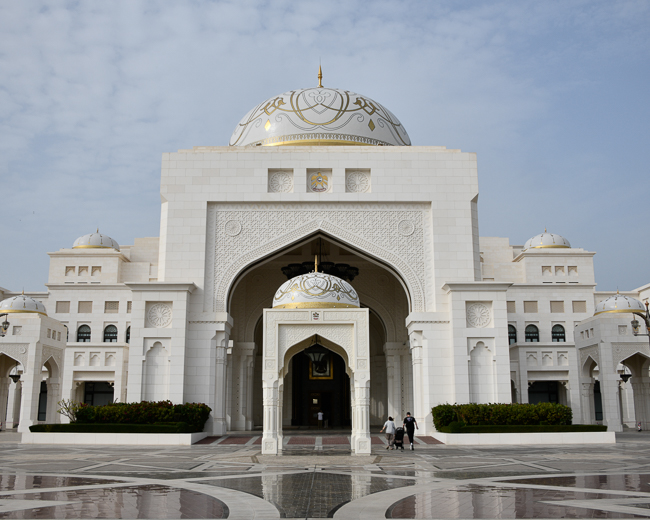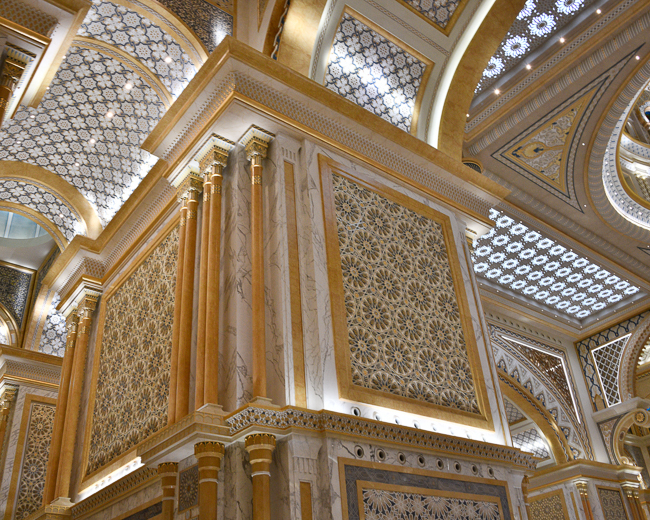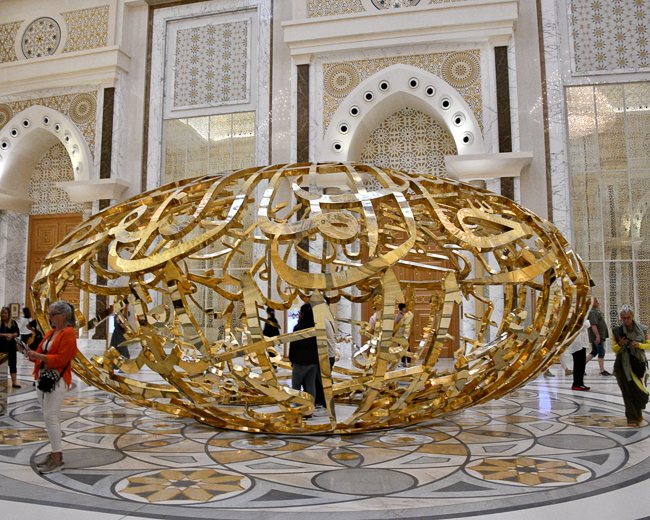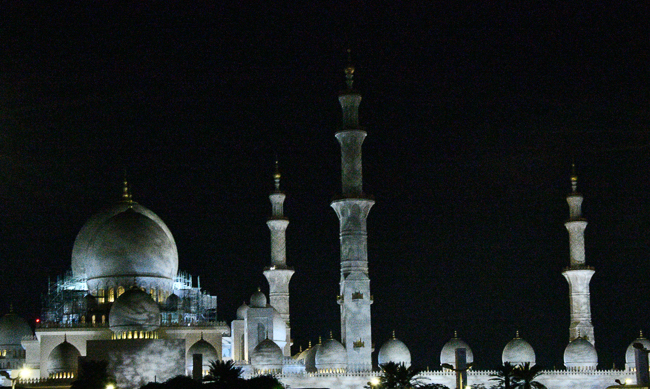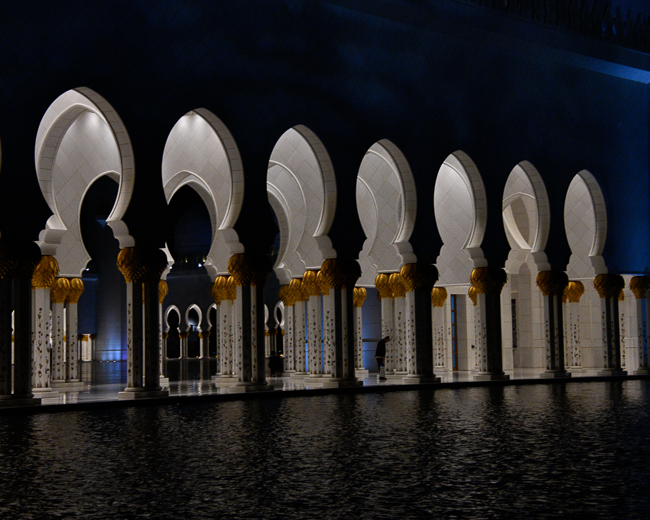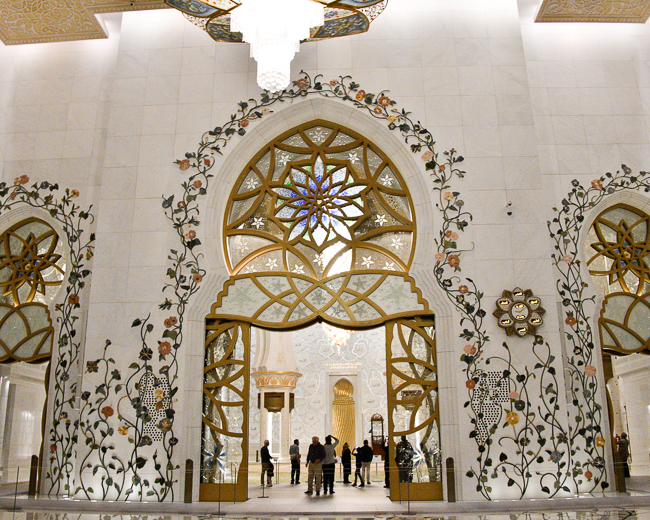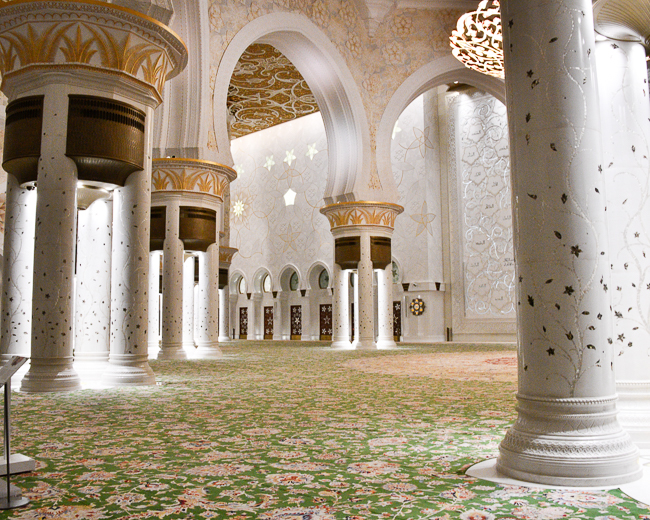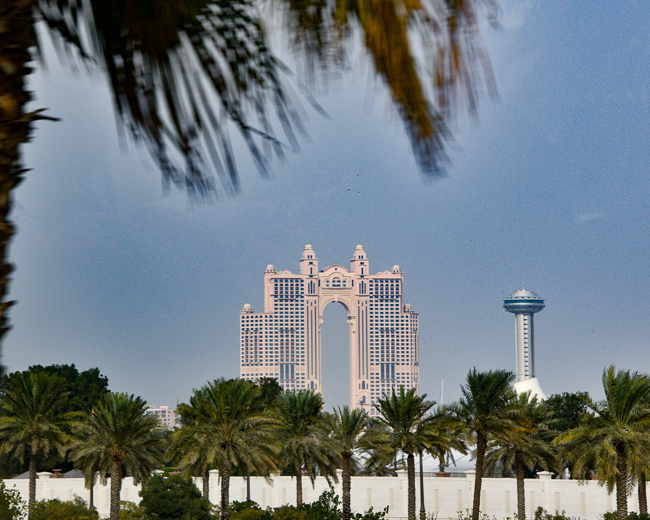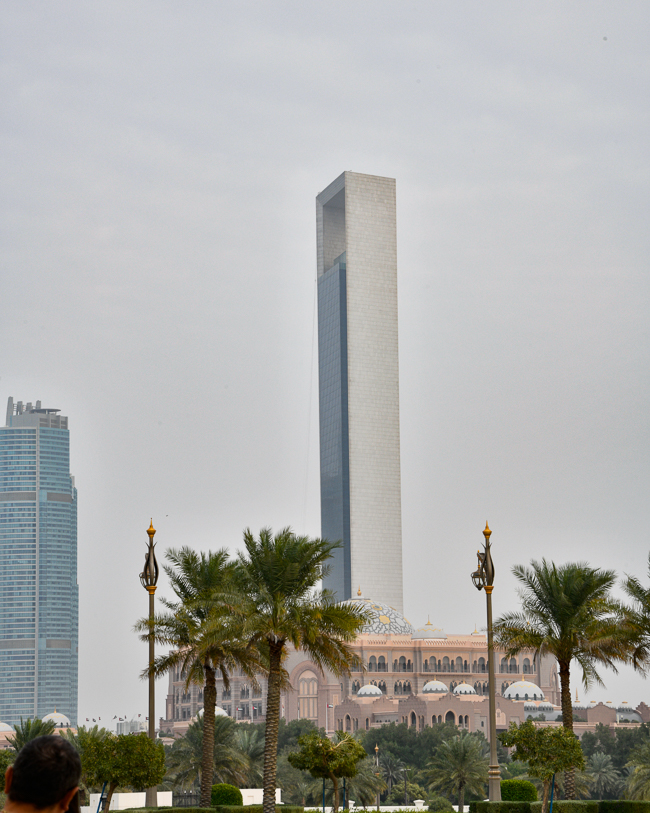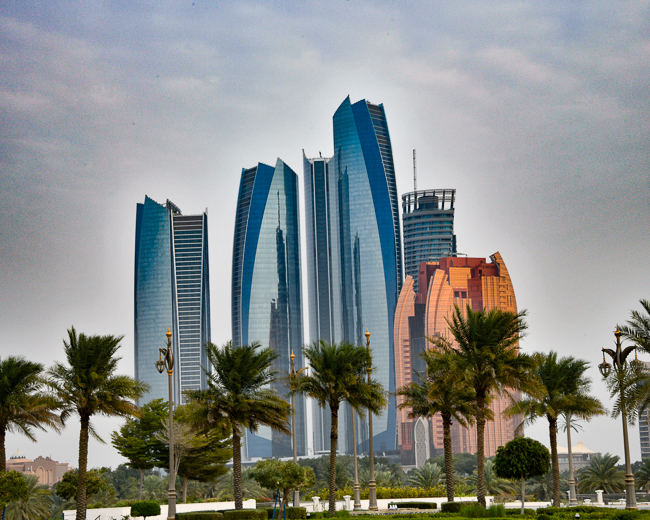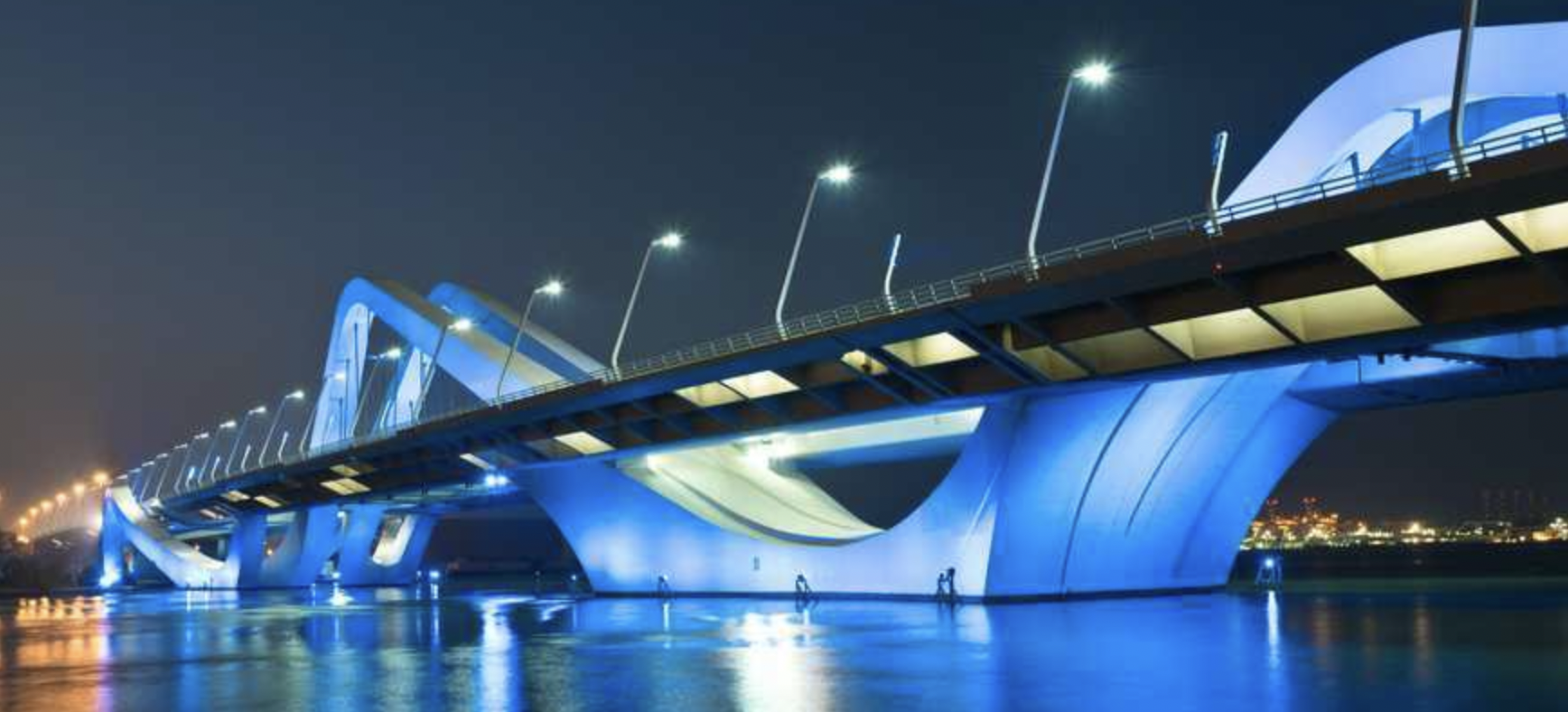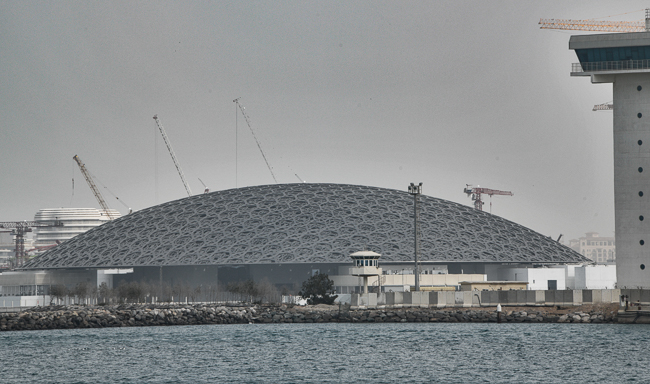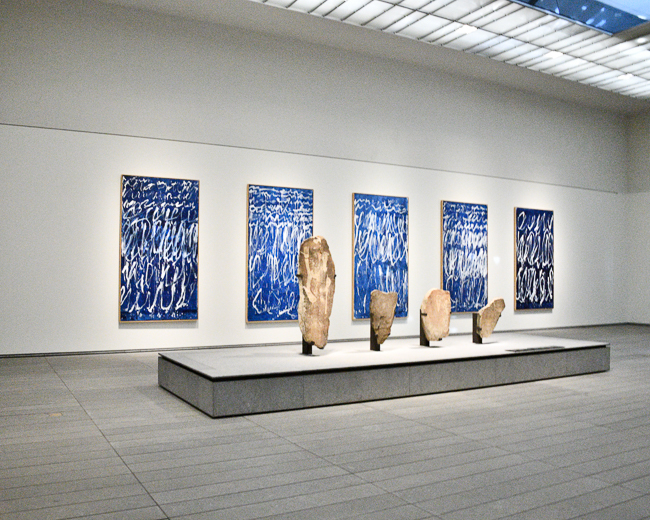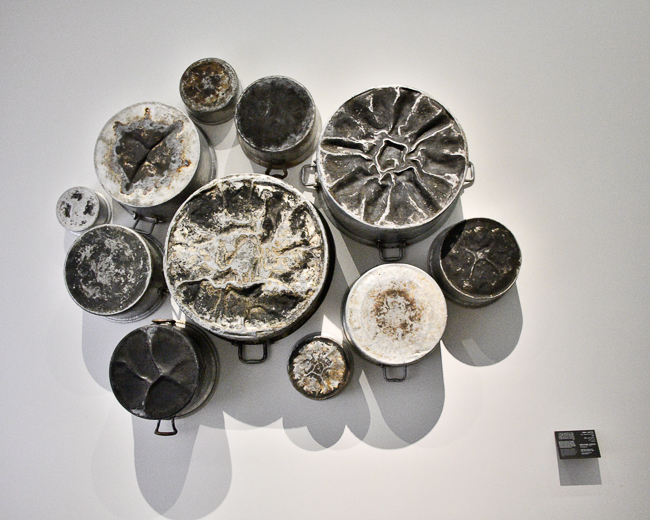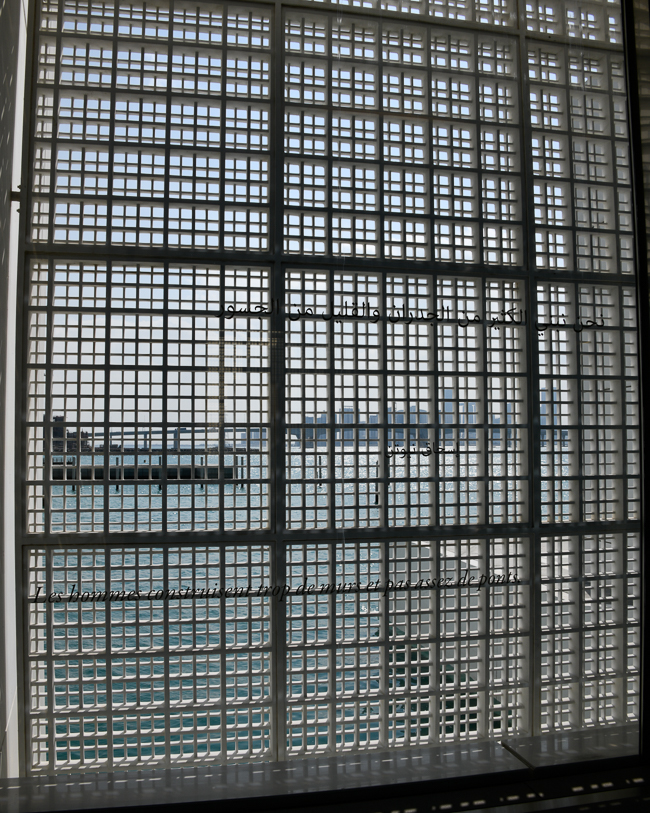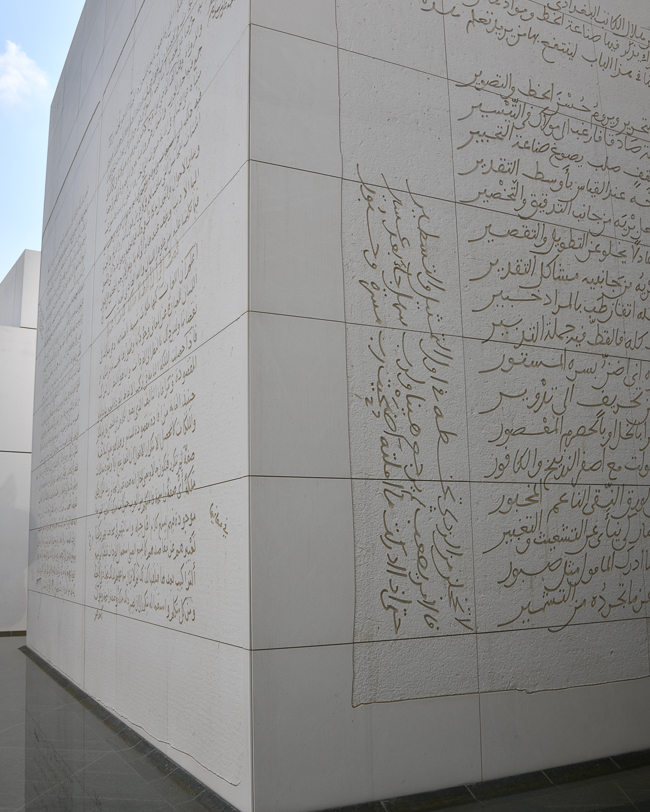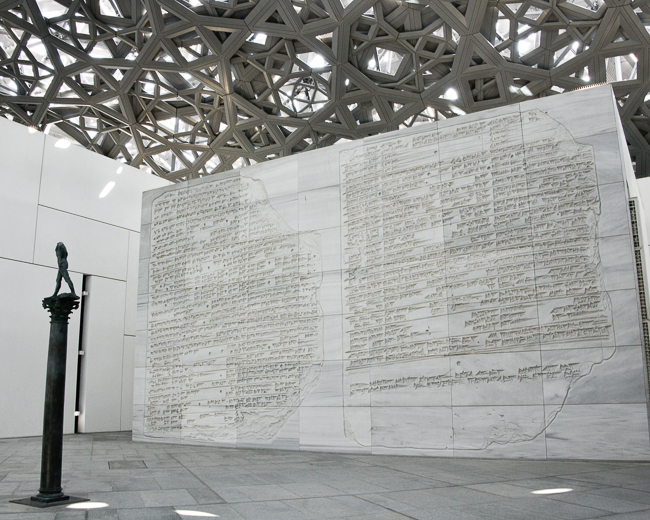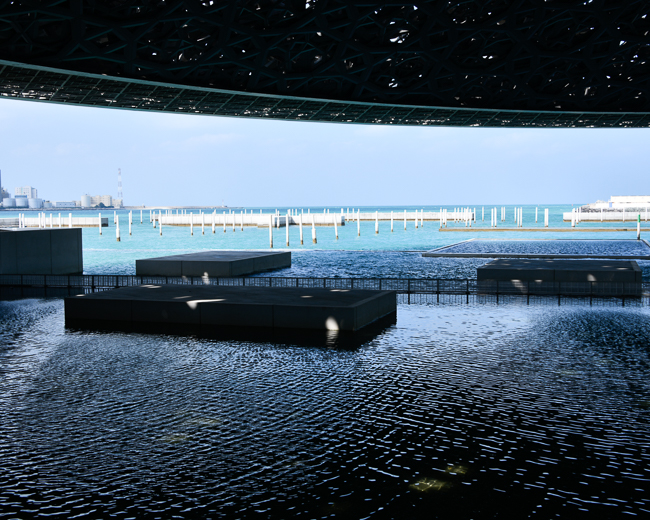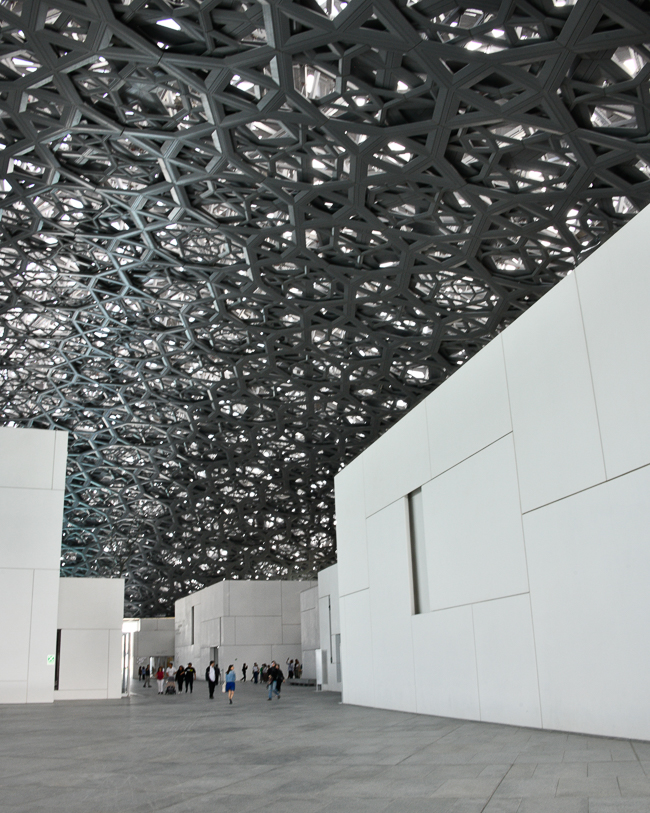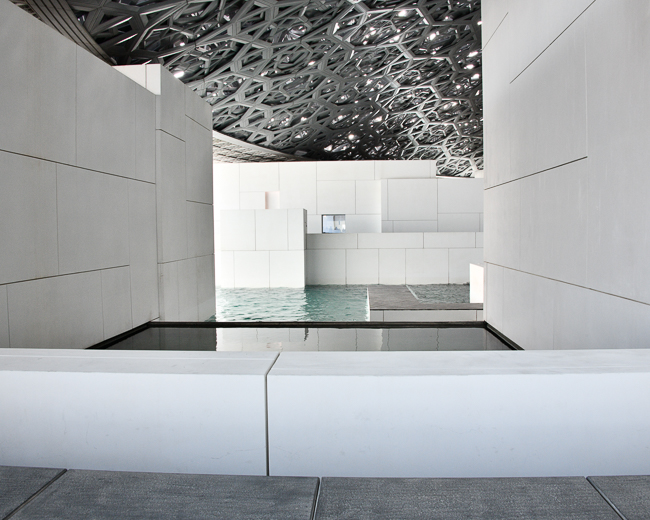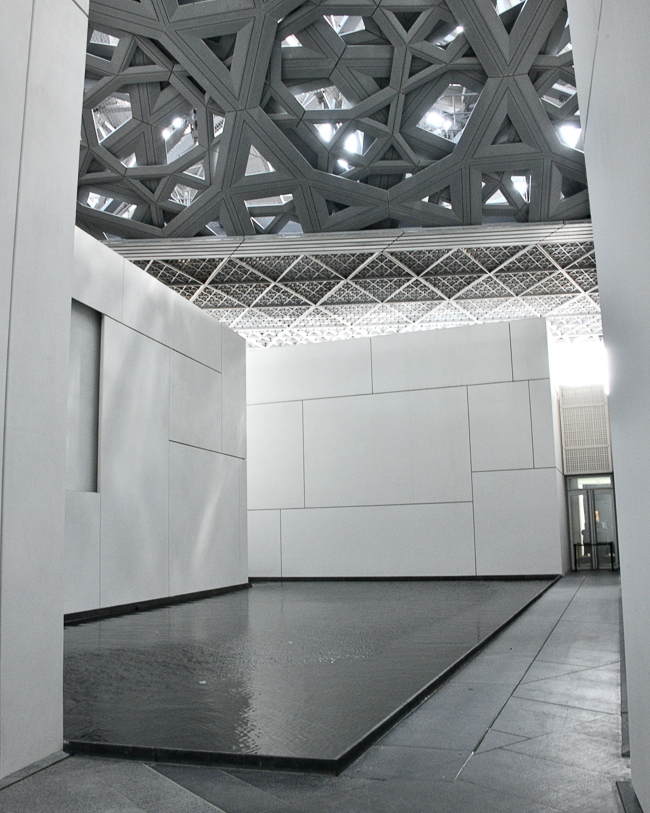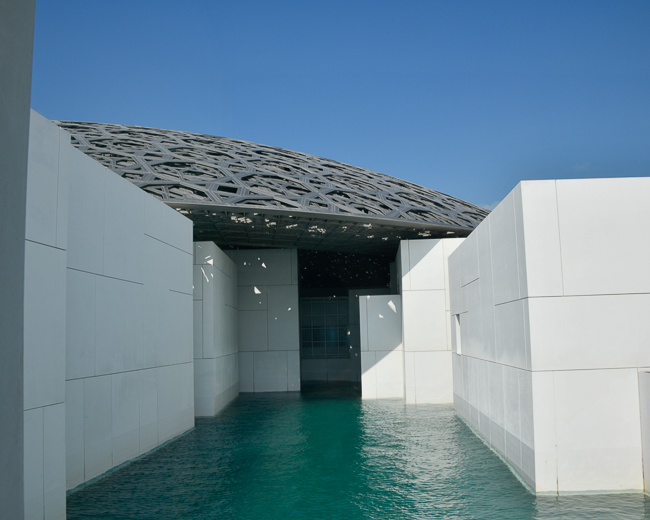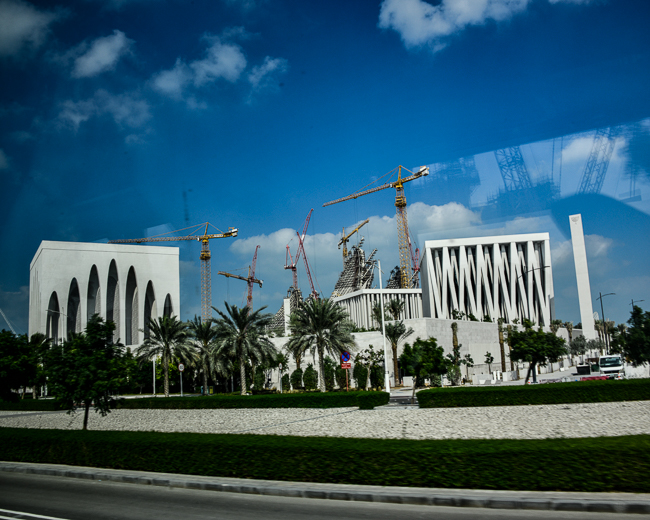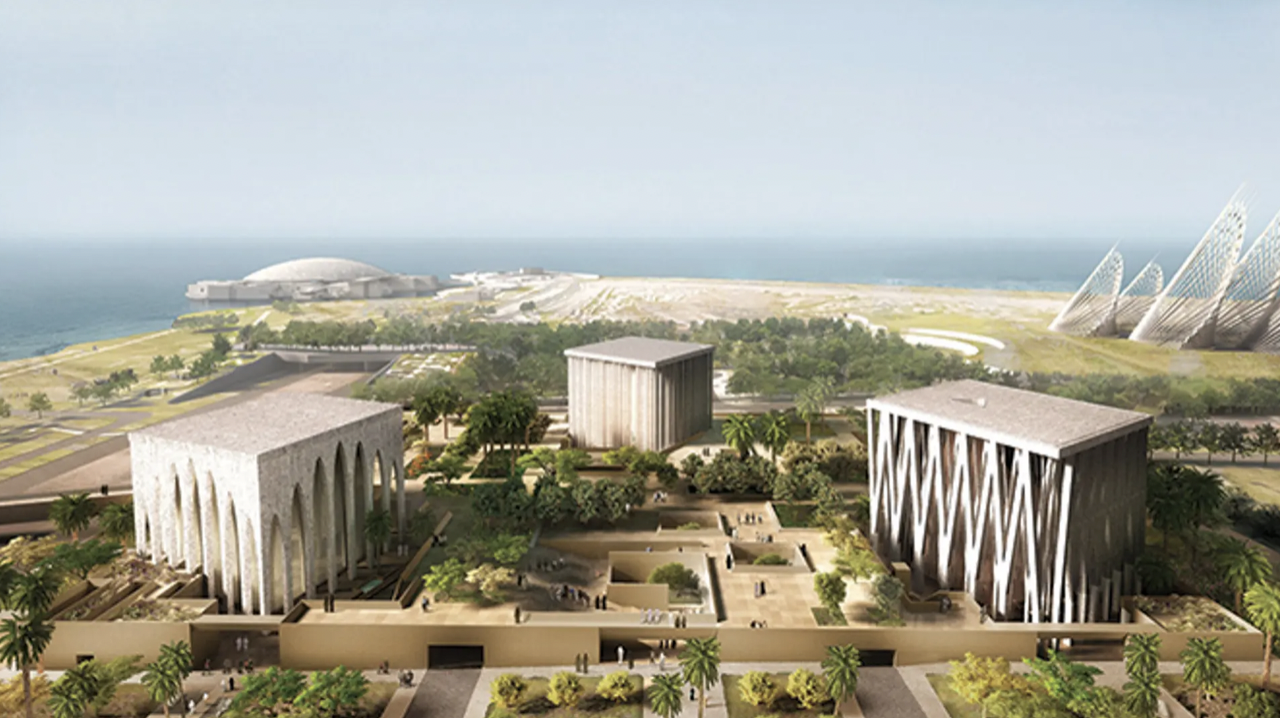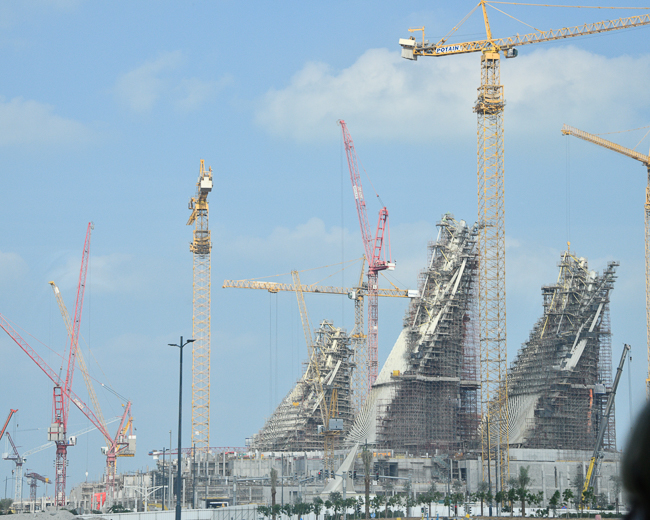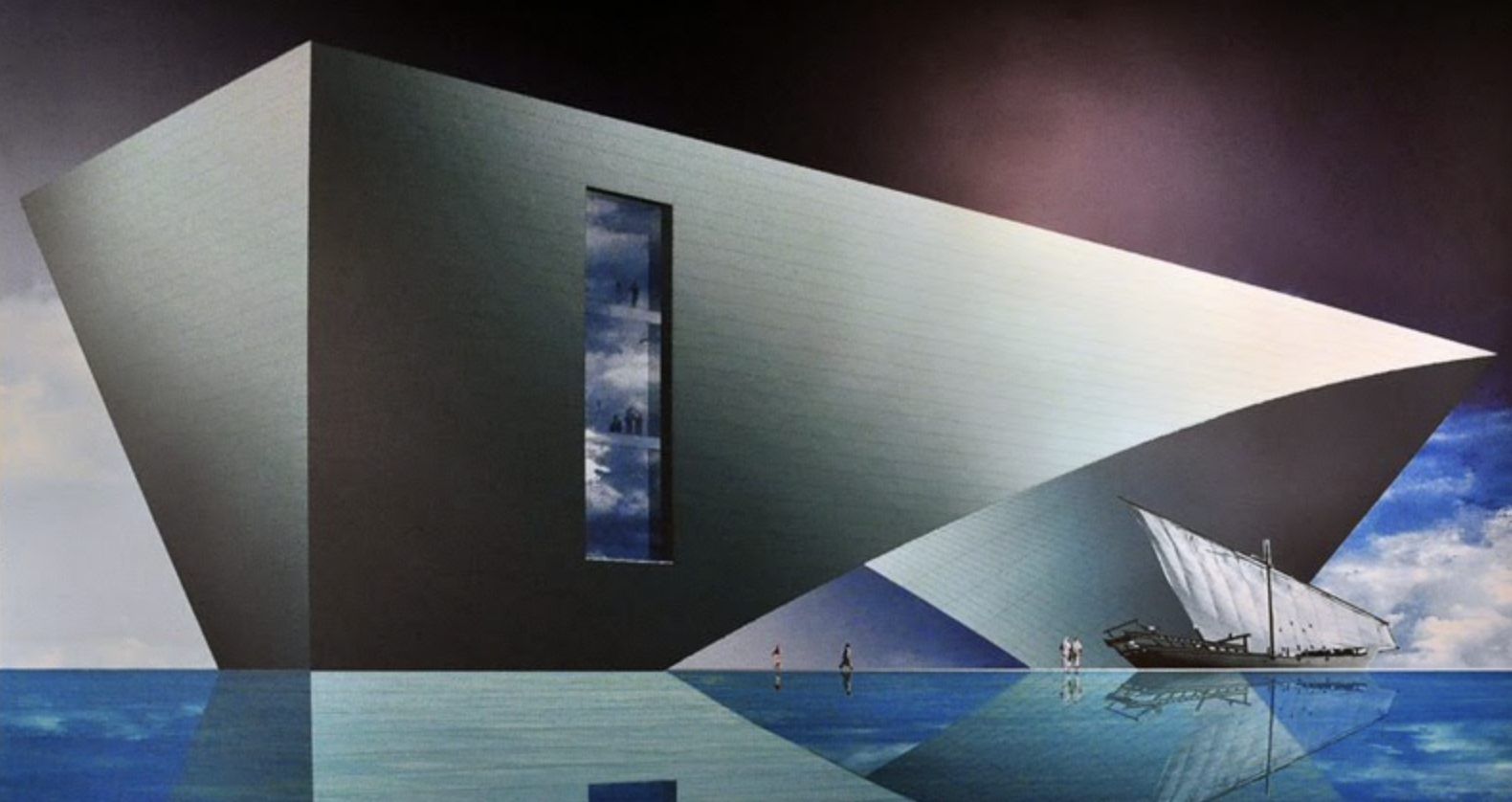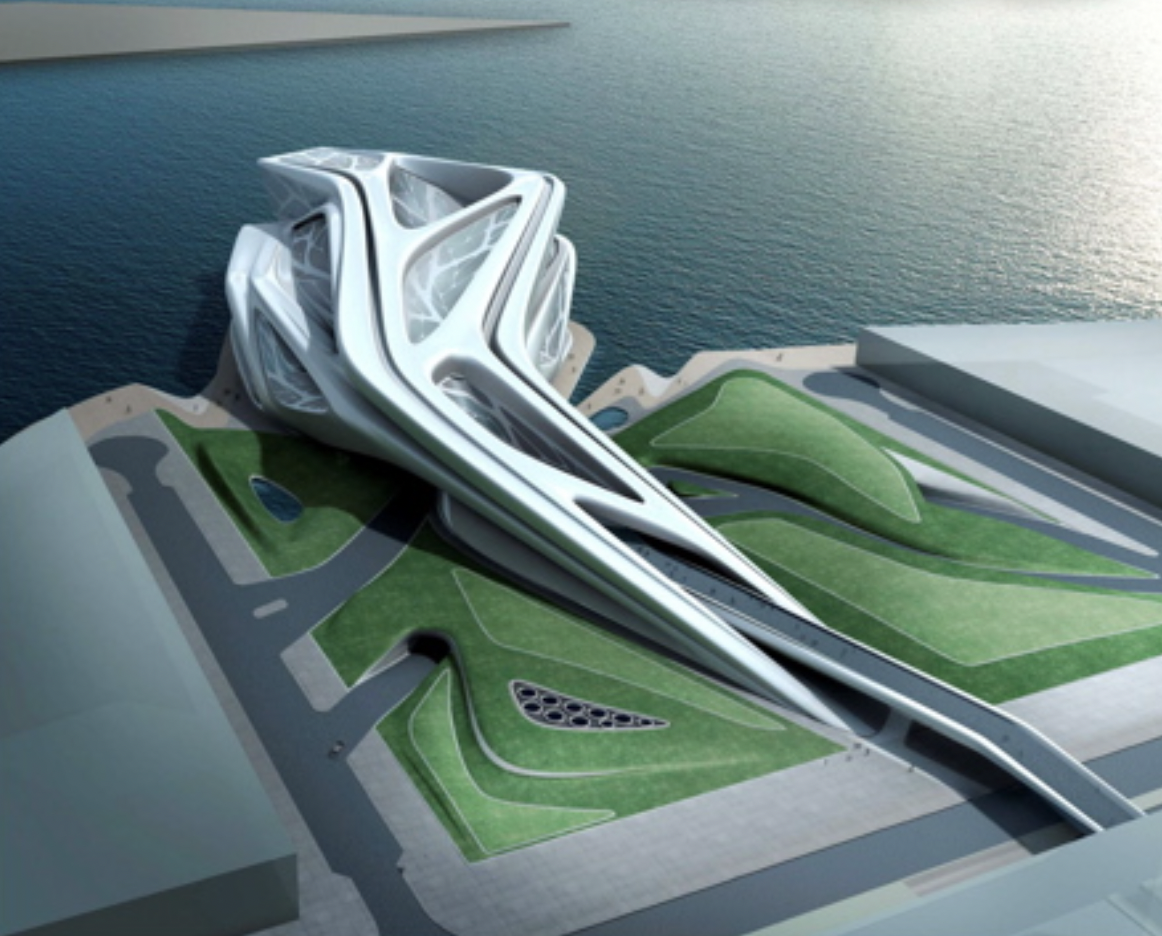January 2023
Abu Dhabi is an Emirate in the United Arab Emirates. Abu Dhabi has 200 islands, and the country is developing the larger ones as, essentially, theme parks.
There is a conservation island with an Arabian Wildlife Park, Zaya Nurai, a boutique island resort, Al Maryah Island for business and high-end shopping, Yas Island with theme parks, Saadiyat Island, built as a culture island with museums from around the world, and Peal-diving island, with historical recreations of this ancient industry, to name just a few.
For this reason, their architecture is more planned, but just as over the top in many cases. Abu Dhabi also has the truly good, the bad and the truly ugly.
The Truly Ugly
Qaṣr Al-Waṭan is the presidential palace of the United Arab Emirates (UAE). I could have skipped this monstrosity in a heart beat, but the building we were scheduled to see was closed for an event.
Covered in white marble, the craftsman ship in this building is over the top, wrong.
Everything is machine made giving it a feel of flatness. There is no one overriding theme thus, the jarring feeling one gets inside is difficult to experience at best. All of this being said, most people find it incredibly lovely; I found it gauche, and it appears to be built more for shock and awe for tourists than anything else.
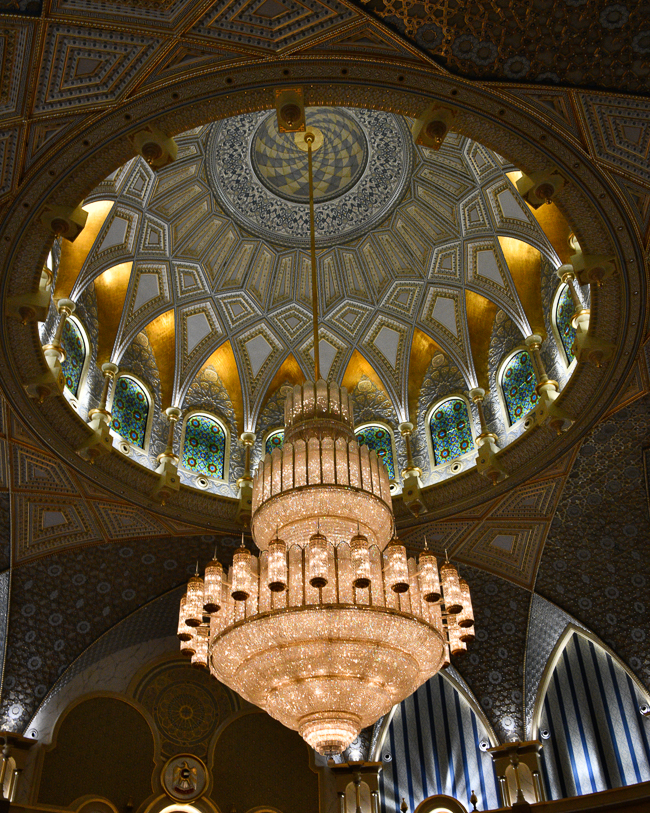
Chandelier with 350 pieces, a bragging point for the building, that is pointed out rather firmly when you tour.
This sculpture was created by Mattar Bin Lahej. It is a quote from the late Sheikh Zayed bin Sultan Al Nahyan: “Wealth is not money and oil. Wealth lies in people, and it is worthless if not dedicated to serve the people”.
Sheikh Zayed Grand Mosque
The Sheikh Zayed Grand Mosque is the largest mosque in the country. It has a mall underneath with shops, Starbucks, and a Mcdonalds.
You walk through a long hallway of these shops, ride up several escalators and emerge at the front of the mosque, While it is a mosque, it is not really used for much more than herding tourists through and taking their money.
The finest materials were used in the construction of the mosque, but again the craftsmanship is so poor.
A Few Random Buildings Around Abu Dhabi
The tall building in the center is the Abu Dhabi National Oil Company Headquarters, designed by HOK. Clad in granite tower sits on the Corniche.
Close to the ADNOC headquarters building are the Etihad Towers, designed by the Australian firm DBI. This project consists of five towers with multiple uses, the tallest of which is 76 stories. The copper building is the Bab Al Qasr Hotel, with the Grand Hyatt directly behind it.
The blue circle was designed by MZ Architects of Abu Dhabi. They say that the circle symbolizes unity, stability, and rationality. It is also the symbol of infinity, without beginning or end, perfection, the ultimate geometric symbol. It represents a completeness that encompasses all space and Time.
Designed by the British firm Foster and Partners in 2014, the Burj Mohammed Bin Rashid is presently the tallest building in Abu Dhabi.
